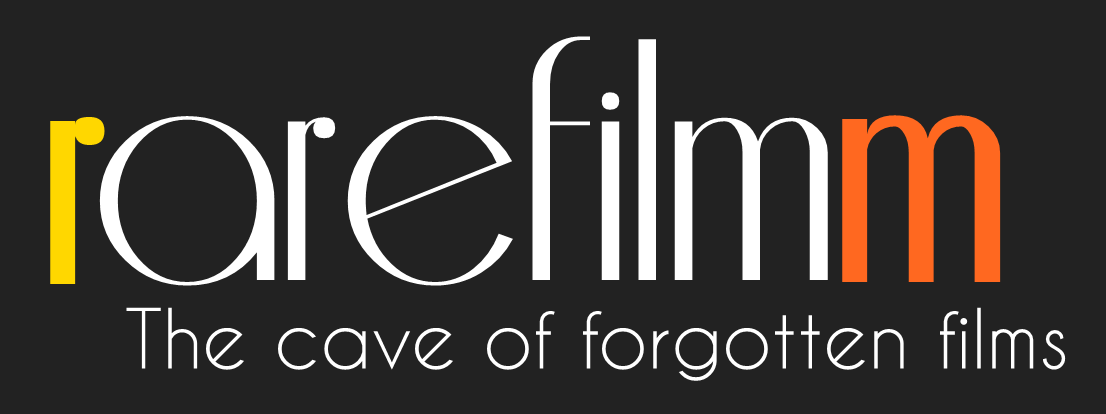An intriguing composite of what looks like animation and pageant-like live action is The Divine Miracle, which treads a delicate line between reverence and spoof as it briefly portrays the agony, death and ascension of Christ in the vividly coloured and heavily outlined style of Catholic devotional postcards, while tiny angels (consisting only of heads and wings) circle like slow mosquitoes about the central figure.
Category: Experimental
This film of constructivist composition, shot in Moscow in 1987 depicts a series of maps of tramway electrical wire networks framed by the sky, shot from below. Sometimes the top of a tram slides along the frame. The distances between the electrical cables across from the video camera introduce subtle contrasting variations between the black lines that streak the neutral field, reducing the city to a geometric and dynamic construction.
The first US film to be made under the Dogme 95 vow of chastity, Harmony Korine’s follow up to the controversial ‘Gummo’ tells the story of schizophrenic Julien, his pregnant sister Pearl, and their pedantic, over-bearing father. Using handheld digital cameras, Korine gathers together a series of disparate incidents in the life of the family – Julien’s friendship with a young blind figure-skater, Pearl’s masquerade as her and Julien’s dead mother, their brother’s training as wrestler, a visit to a gospel meeting – while slowly and subtly building towards a tragic climax.
This experimental short by Bruce Conner uses Ray Charles’ “What’d I Say” as accompaniment to constantly shifting collage of female nude, cartoons, and newsreels of atomic bomb explosions.
Director Gaspard Bazin is working on a new feature film. For now, he’s still looking at the fundraising and casting stage of the process. He calls upon Jean Almereyda, a once-fashionable producer who is now going through a bad patch, finding it increasingly difficult to raise the capital he needs for his ventures. His wife Eurydice dreams of being a movie star. A perverse game between the two men ensues, with Almereyda wanting to please his wife, but reluctant to demand a role for Eurydice because of Bazin’s reputation as an incorrigible seducer.
An insightful illumination of author Paul Bowles’ original and lesser-known career as an avant-garde composer, Owsley Brown’s Night Waltz is an elegant and soulful document of discovery. Interviewed in Morocco during the last months of his life, Bowles journeys back to his early years as a contemporary and occasional collaborator of other such iconic figures as Aaron Copland, Virgil Thomson and Orson Welles. Bowles’ uncut compositions–performed by the Eos Orchestra–are punctuated with stunning visual essays by filmmakers Nathaniel Dorsky and Rudy Burckhardt. Long after retiring from his more well-known profession, Bowles kept music as a vital part of his life, tapping out fresh rhythms on his Tangier table tops until the end of his days.
Filmed in Brooklyn, Image in the Snow is an early underground “trance film” in which “a young man led by despair searches a city for salvation” (director Willard Maas’ own description). He takes the Myrtle Avenue el. and finds his “ideal parents” represented as carved stone figures on a tomb in the old part of Mt. Olivet Cemetary. Although not as highly regarded as Geography of the Body or as ostentatious as Narcissus in its own time, Image in the Snow has become the most frequently revived of Willard Maas’ thematic, non-documentary films.
